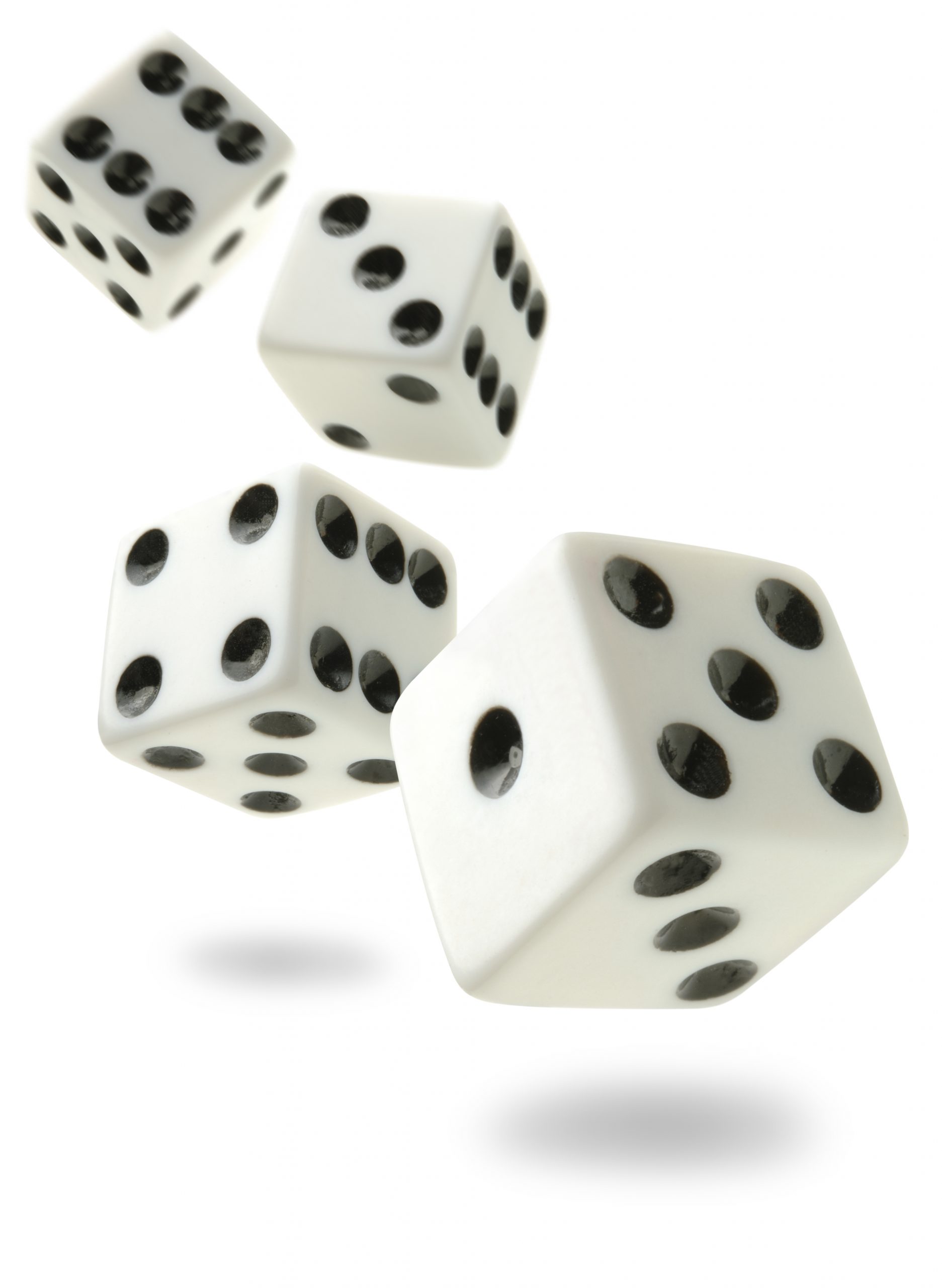The first activity is used to see if students have any misconceptions regarding the use of common chance terms. The second task is encouraging students to begin to record all the possible outcomes of a chance experiment and use this information to begin to predict the likelihood of different outcomes.
Purpose
- Order chance terms and events according to their likelihood
- Match familiar chance events to their likelihood
- List all the possible outcomes from a simple chance experiment
- Predict the likelihood of an experiment based on the possible outcomes
- Use chance terms to describe the likelihood of simple chance experiments
- Explain the variation in results (i.e. compare predicted to observed results)
Curriculum Connections: Victorian Curriculum F-10 – Statistics & Probability
Year 3
- Conduct chance experiments, identify and describe possible outcomes and recognise variation in results (VCMSP147)
Year 4
- Describe possible everyday events and order their chances of occurring (VCMSP175)
Year 5
- List outcomes of chance experiments involving equally likely outcomes and represent probabilities of those outcomes using fractions (VCMSP203)
- Recognise that probabilities range from 0 to 1 (VCMSP204)
At the end of this lesson students should be able to answer the following questions:
- Can you order the chance terms in order of likelihood?
- Can you match the events to the appropriate chance term?
- Can you think of any other events that match each term?
- Can you assign a probability to each event (i.e. a number value)?
- Which horse do you believe is the most likely to win? Why?
- What outcomes can you get from rolling 2-dice?
- How can we list all the outcomes in a systematic way?
- Can we use numbers to describe these outcomes?
- Which number is most likely to be the total? Why?
- Why does the mathematical (or theoretical) chance not always match the results?
For more information, please download the attached lesson plan.
Recommended Posts



